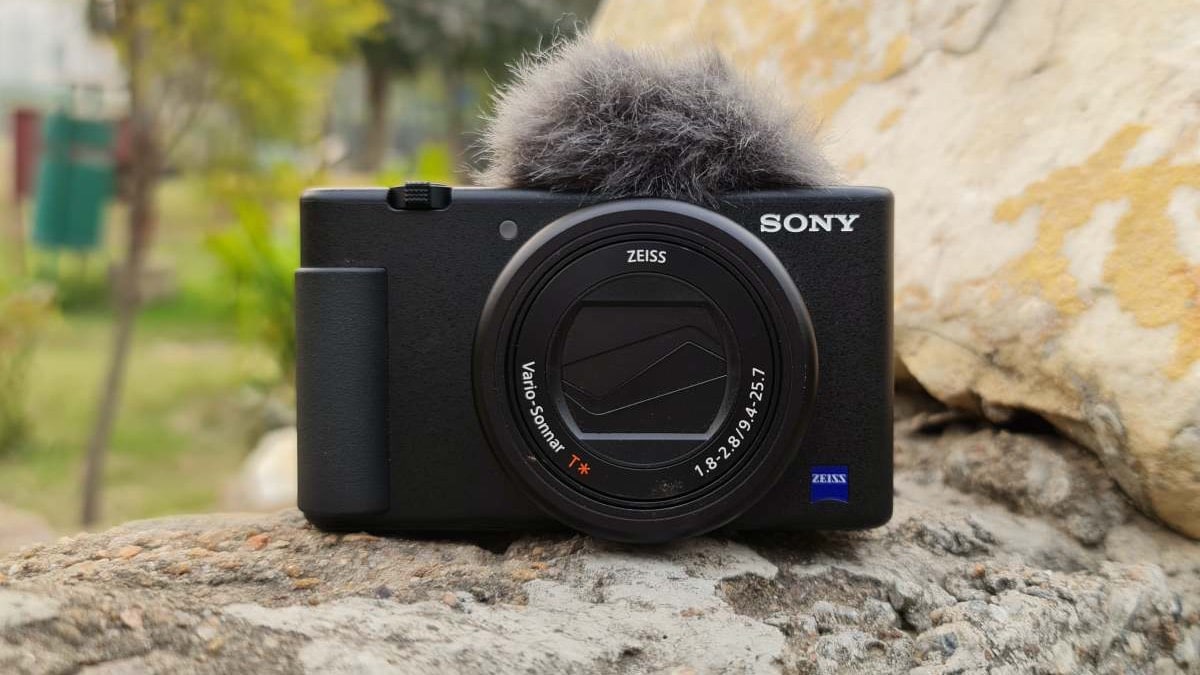Confused About Sensor Size for Point and Shoot Cameras?
Professional photographers often find themselves questioning what is a good sensor size for point and shoot camera. Indeed, the sensor size can significantly impact the quality of your photos. This article aims to inform you about how to choose the right sensor size for your needs.

Understanding Camera Sensor Size
A camera's sensor size is crucial for image quality. Larger sensors generally provide better performance in terms of light gathering capabilities, dynamic range, and depth of field. However, point and shoot cameras come with various sensor sizes, including 1/2.3-inch, 1-inch, APS-C, and even Full Frame.

Why Sensor Size Matters in Point and Shoot Cameras
The sensor size of your point and shoot camera determines how much light it can capture, which directly affects the clarity and detail of your photos. Larger sensors allow for more light capture, reducing noise and improving low-light performance. The sensor size also impacts the field of view and depth of field, enabling more background blur for a professional look.
1/2.3-inch Sensors
This is the most common sensor size in point and shoot cameras. It's suited for casual photography but may struggle in low-light conditions.
1-inch Sensors
This size offers a significant improvement in image quality, providing better low-light performance and dynamic range.
APS-C Sensors
Found in some advanced point and shoot options, APS-C sensors offer outstanding image quality and are a favorite among professional photographers.
Full Frame Sensors
The largest sensors available in some High-End point and shoot cameras. These provide the best image quality, excellent low-light performance, and the most dynamic range.

What Sensor Size Is Best for Professional Photographers?
Professional photographers looking to answer what is a good sensor size for point and shoot camera should consider 1-inch sensors at a minimum. However, APS-C and Full Frame sensors are ideal for those seeking the best image quality. Camera Lens Cleaning for more tips.
Conclusion
Understanding what is a good sensor size for point and shoot camera is essential for professional photographers. By selecting a camera with a larger sensor, you can achieve higher image quality and better performance. For more information, you might find this Compact Camera Guide helpful.
FAQs
Q: What sensor size should I choose for low-light photography?
A: For low-light conditions, a larger sensor like APS-C or Full Frame is most suitable.
Q: Is there a significant difference between 1/2.3-inch and 1-inch sensors?
A: Yes, 1-inch sensors offer superior image quality, improved low-light performance, and better dynamic range.
Q: Do larger sensors make the camera heavier?
A: Generally, yes. Larger sensors contribute to the overall weight of the camera.
As an Amazon Associate, I earn from qualifying purchases.

